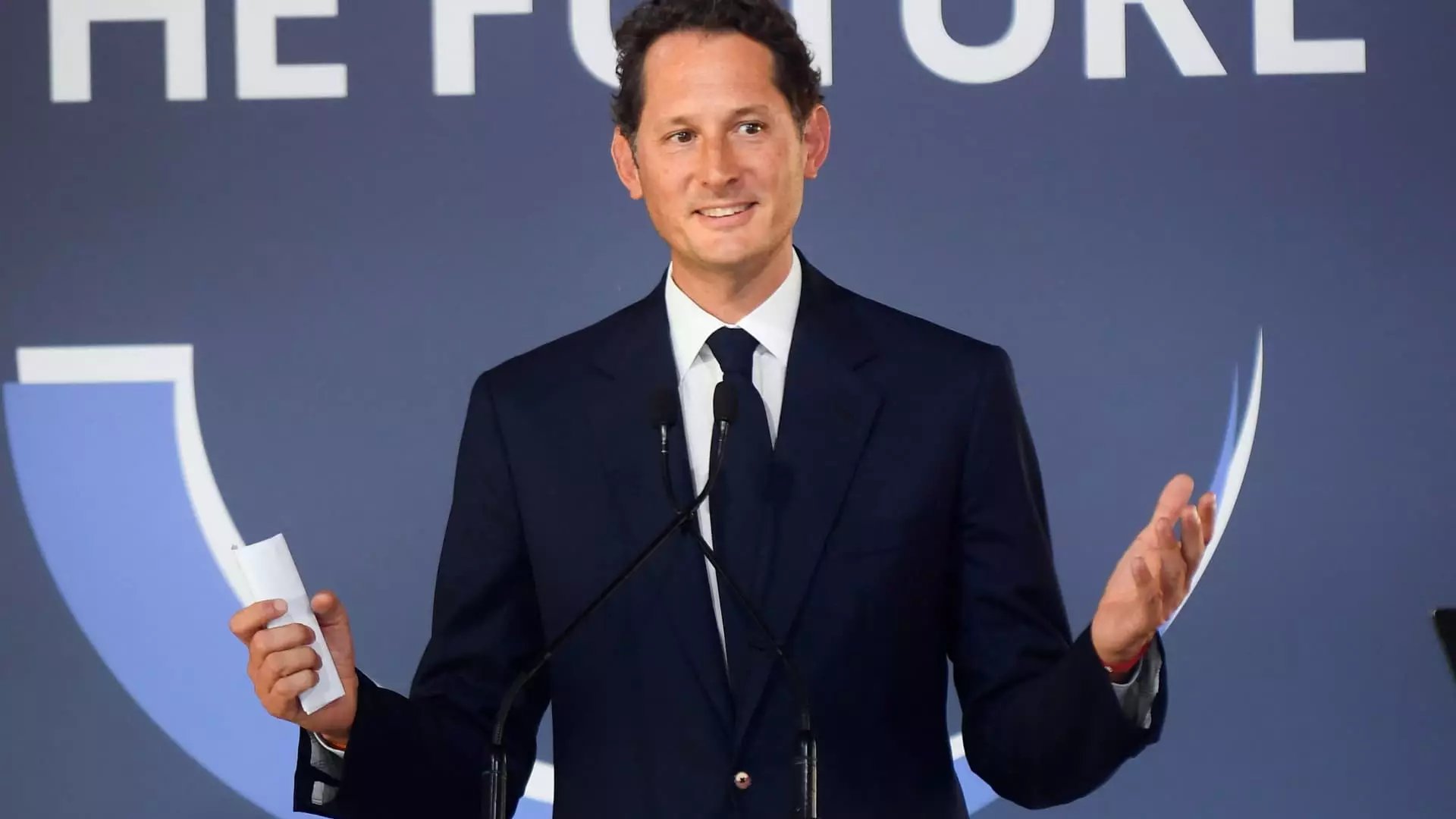In a recent trip to Washington, D.C., Stellantis Chairman John Elkann unveiled ambitious plans that aim to revitalize the automaker’s presence in the United States. Amidst an environment of uncertainty and leadership transitions following the departure of former CEO Carlos Tavares, Elkann’s announcements signal a renewed commitment to U.S. manufacturing. The expectations are particularly significant as the auto industry grapples with evolving market demands and labor relations that have become increasingly contentious.
Elkann’s key proposals included the creation of 1,500 jobs and the reopening of a facility in Illinois, specifically designated for the production of a new midsize pickup truck set to debut in 2027. This move represents not only a strategic pivot towards enhancing Stellantis’ product lineup but also fosters economic stability in an era marked by plant closures and production downsizing in the automotive sector.
Interestingly, many of these initiatives were anticipated within the framework of a contract with the United Auto Workers (UAW) union, which had raised concerns about Stellantis’ previous strategic directions under Tavares. The proposed plant reopenings were initially met with skepticism as union leaders, including President Shawn Fain, campaigned fiercely against potential job cuts and production shifts that could undermine worker security.
Fain’s favorable response to the new plans underscores a potential reconciliation between the automaker and its workforce. “This victory is a testament to the power of workers standing together and holding a billion-dollar corporation accountable,” Fain remarked. This dynamic reflects not just a response to corporate strategy but also an evolving labor landscape where union influence remains robust in protecting jobs and working conditions.
The narrative surrounding Stellantis isn’t solely about job creation; it is steeped in a broader ambition to reposition the automaker as a competitive force in a rapidly changing market. Elkann articulated plans to infuse billions into research and development, particularly focusing on technological advancements that could yield sophisticated products catering to modern consumer preferences.
Additionally, a shift towards electric and hybrid vehicles is essential in this reinvention, acknowledging the industry’s pivot toward sustainability. The investments earmarked for the Jeep complex in Ohio, which include enhancements for iconic models like the Jeep Wrangler and Gladiator, reflect a dual approach of maintaining existing specialties while exploring new opportunities in electrification.
Leadership Dynamics within the Auto Industry
Elkann’s meetings with top officials, including then-President Donald Trump, add another layer to the automotive narrative as automakers seek favorable government policies and support. The implications of such high-level discussions are significant; they represent the intersection of corporate strategy, politics, and national economic interests, particularly for an industry that has historically been a backbone of American manufacturing.
As Ford and General Motors continue to engage in dialogue with political leaders, Stellantis’ proactive approach may serve as a blueprint for navigating the complexities of the current business landscape. However, the absence of Tavares has prompted speculation regarding the long-term direction of Stellantis, especially as the company seeks a new leader who can unify these ambitions alongside the operational realities of workforce dynamics and market pressures.
Implications for the Future
Stellantis’ proposed investments mark a pivotal moment for the automaker and the American automotive industry at large. The plans to bolster manufacturing capabilities and enhance product offerings come at a time when the industry is fighting not only through economic hurdles but also adapting to consumer demands for sustainability and technological integration.
While these strategic announcements signal an optimistic view of the near future, the execution of these plans will require adept leadership amid evolving market conditions and persistent scrutiny from labor organizations. If successful, Stellantis could very well redefine its legacy, marrying a storied past with a forward-looking vision—one that embraces both innovation and the welfare of its workforce.



Leave a Reply